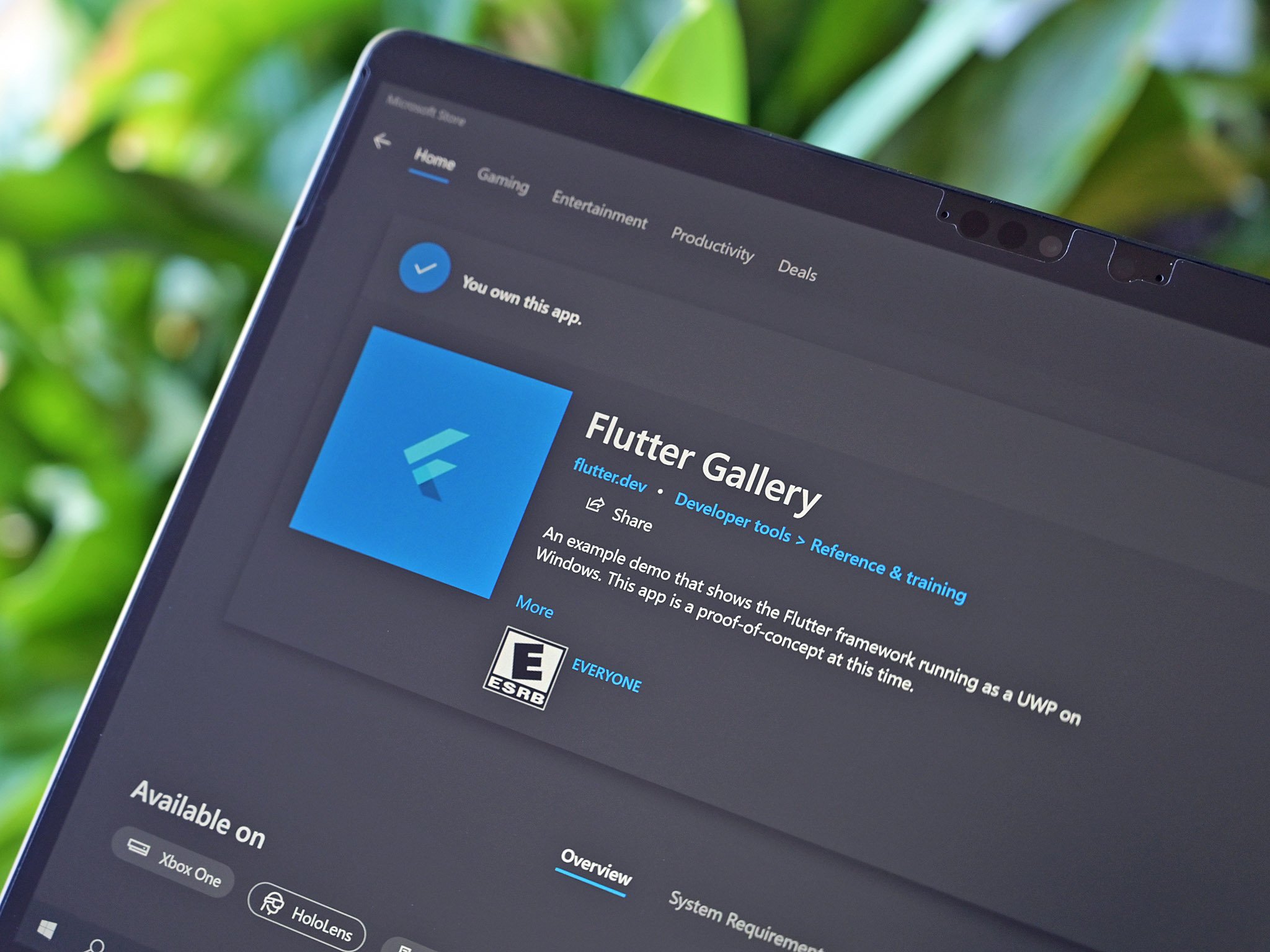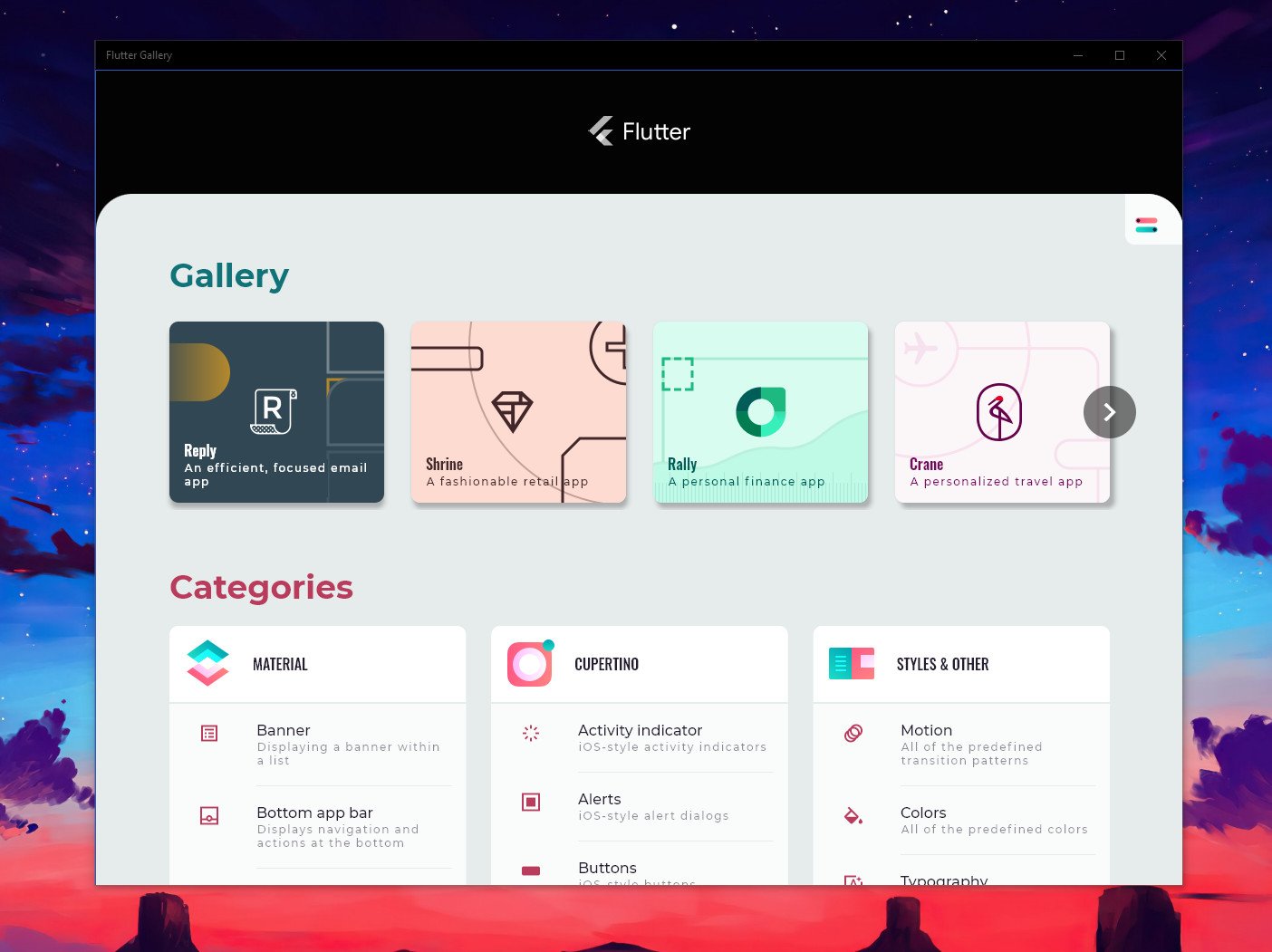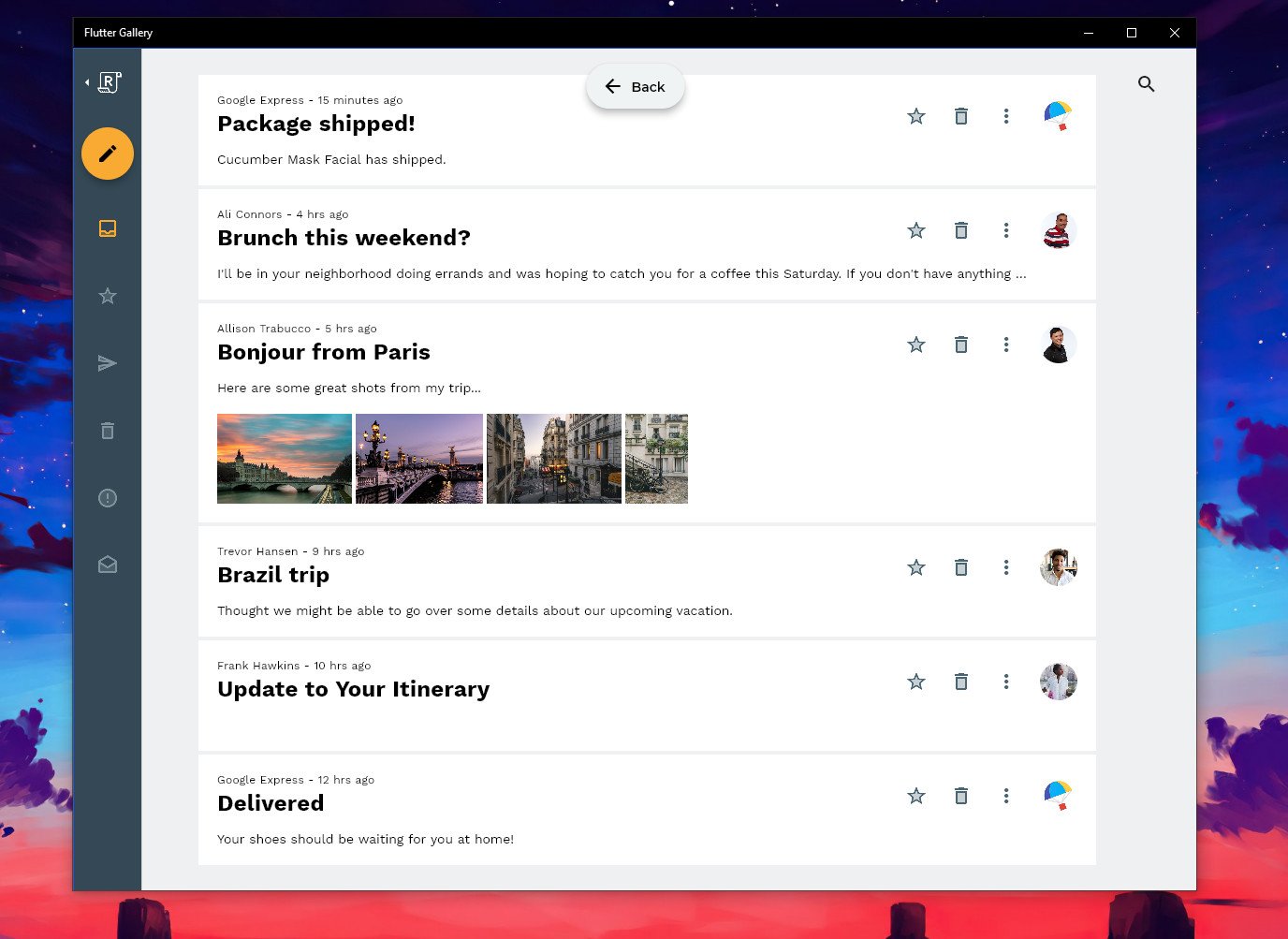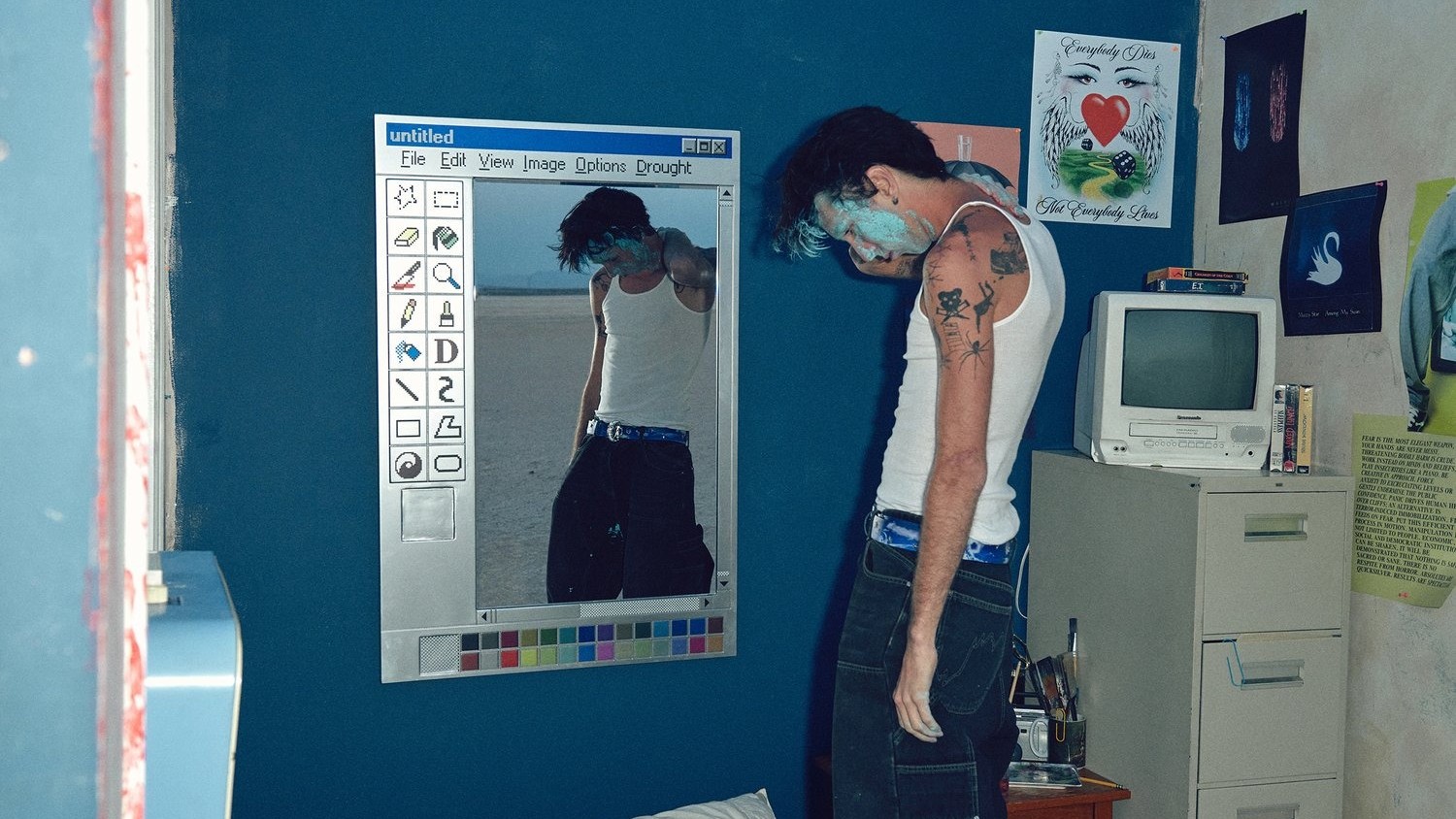Google brings its cross-platform Flutter UI toolkit to Windows 10
App developers can now use Google's Flutter to start writing apps for Windows UWP and Win32.

What you need to know
- Google's Flutter for Windows Alpha is now available.
- The cross-platform UI framework lets devs write apps for iOS, Android, and now Windows 10.
- Support for Win32 API and UWP is in the works for 'next-gen' Windows devices.
- The news follows the open-source Swift language coming to Windows 10.
Microsoft is not the only company working on cross-platform UI solutions. Google has been working on Flutter — its open-source, cross-platform UI framework for native mobile apps, web apps, and desktop apps — for a few years now. And today, it is taking a significant step with Windows.
The announcement from Google follows on Swift language also jumping to Windows. Swift is an increasingly popular language used on iOS by Apple developers.
Google had previously talked about Flutter coming to Windows, and it has been in preview since the summer. Today the company is announcing the official Windows Alpha, which his now available to developers.
Flutter is similar in theory to React Native and lets developers share a single code base for writing high-performance apps for Android and iOS. The concept is similar to Microsoft's Universal Windows Platform (UWP) to streamline app development by letting devs reuse as much code as possible between projects.
Flutter (and its underlying language Dart) is also one of the fastest-growing systems on GitHub. There are currently more than "100,000 apps in the Google Play Store, web in beta, and macOS and Linux in alpha," according to Google.

With today's news, developers can begin writing apps using Flutter and target Windows devices, including desktop PCs and more mobile solutions like Surface Go. The challenge has been adding support for desktop mouse and cursor interaction paradigms instead of just touch for phones. From the press release:
This release brings with it a solidified API for the Windows Flutter shell for us to build upon as well as Windows version of the Flokk and Gallery apps, several Windows-enabled plugins, a couple of different options for interop with Windows native code and a host of samples and widgets that are Windows or desktop aware for you to use in your Windows apps. Of course, it also comes with a great deal of enhancements in our support for things you'd expect from a desktop app, including keyboard and mouse handling, mouse wheel input, and rendering on the underlying native surfaces. Plus, it turns out that many Flutter developers have not been waiting for the alpha, so you'll get a chance to see some of their work as well.
Developers can download the Flutter Gallery app from the Microsoft Store to see an example demo of the Flutter framework as a UWP on Windows.
Get the Windows Central Newsletter
All the latest news, reviews, and guides for Windows and Xbox diehards.
Google is also highlighting multiple plugins for Windows that will help developers get started on building new apps. Some of these plugins include a way to launch URLs in the browser from your app, keep user preferences serialized on disk, storage encrypted by biometrics, and playing audio from your desktop apps.

The group behind Flutter understands that there is a lot left to work on for Windows, including adding features for "accessibility, globalization and localization, enhanced keyboard and text handling, support for command-line arguments, and more."
Interestingly, while Flutter supports the classic Win32 API, Google is also experimenting with supporting UWP as well, so Flutter apps can run on "next-gen Windows devices," including Windows 10X and Xbox. You can read more about the progress of Flutter for UWP on GitHub here.
Microsoft and Google have been getting a lot cozier lately, with both companies working on the new Surface Duo, including dual-screen support for Flutter apps. Platforms matter less than the tools and services used to power them, a truth both companies are coming to realize. Maybe someday we'll even see Google apps in the Microsoft Store.
Much more info about Flutter for Windows Alpha can be found in the Google press release, which contains links to many examples, tips, and how to get started for developers interested in trying out the framework.

Daniel Rubino is the Editor-in-chief of Windows Central. He is also the head reviewer, podcast co-host, and analyst. He has been covering Microsoft since 2007 when this site was called WMExperts (and later Windows Phone Central). His interests include Windows, laptops, next-gen computing, and wearable tech. He has reviewed laptops for over 10 years and is particularly fond of 2-in-1 convertibles, Arm64 processors, new form factors, and thin-and-light PCs. Before all this tech stuff, he worked on a Ph.D. in linguistics, performed polysomnographs in NYC, and was a motion-picture operator for 17 years.
